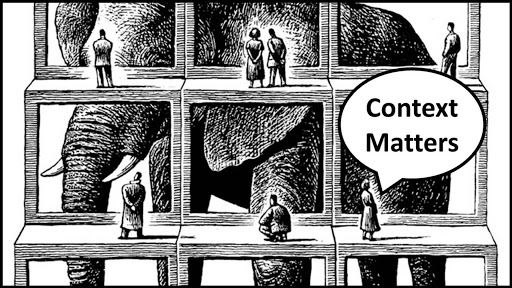Words like “consultant”, “workdriver” and “special projects” still create a PTSD style effect in my head. These words drip with corporate context, very clearly and precisely signalling whether you were succeeding or failing. The email announcing a VP moving to “special projects” triggered a global cascade of watercooler conversations where we each dissected and calibrated their missteps and realigned our own. It feels like a high performing culture because you’re communicating in flow – there are barely any words exchanged but you can replay together how a pattern of behaviour over years became fatal for said VP. It’s almost a cult like sensation. People worry about leaving because they fear never experiencing this level of flow (read: intelligence) ever again?
Tim Fung from Airtasker reminded me of that on his webinar this morning. Why do leaders communicate? His example was a mistake he made, sending an email whilst under stress that the expected working hours were 8:30am – 6pm. On reflection, he wasn’t trying to communicate an expected outcome – people in seats. Instead his company was under serious financial pressure and the next few weeks required a mammoth effort to keep the dream alive, but he failed to communicate that context and lost good people because of it.
So what was Tim trying to communicate? Well the zeitgeist answer would be that he was trying to communicate a cultural expectation. But if your company goals are service quality and people focus, perhaps that internal culture would be counterproductive? No, this wasn’t an attempt at ongoing cultural change.
Tim specifically reflected that the goal of this communication was to set context. He wants to know that when a specific context is shared, a certain set of behaviours are triggered at scale. For example if an “investor presentation” is announced for a few weeks time, an increasingly large ship needs to transform immediately. The operations team cut costs, HR cancels all off-sites, engineering ships the shiny MVP that wasn’t quite ready. This is not a cultural theme that persists during the year, but instead a carefully communicated and indoctrinated context that dictates specific behaviour.
I suppose most of the time this context, just like culture, is set through repetition. But what if you could construct context more deliberately? If there are 3 regular events that are critical to your business every year, how could you communicate the context of those events in a crystal clear way? For example if you are Apple and your company’s innovation appetite pivots on the annual WWDC event, how do you describe that context to a new hire or even a customer?
Pivot points get a lot of discussion in the startup world, but I think these context events are the pivot points every company needs to know, and communicate heavily and precisely.

Leave a Reply